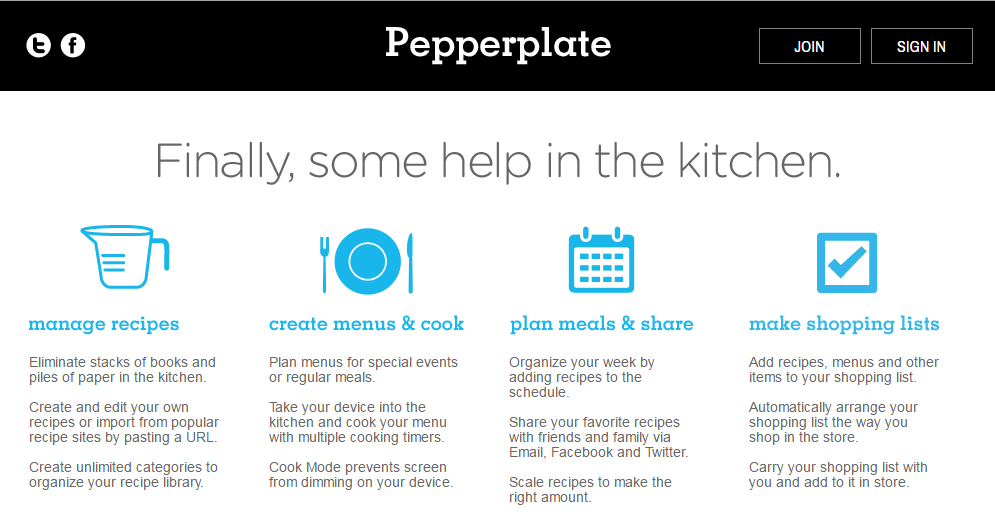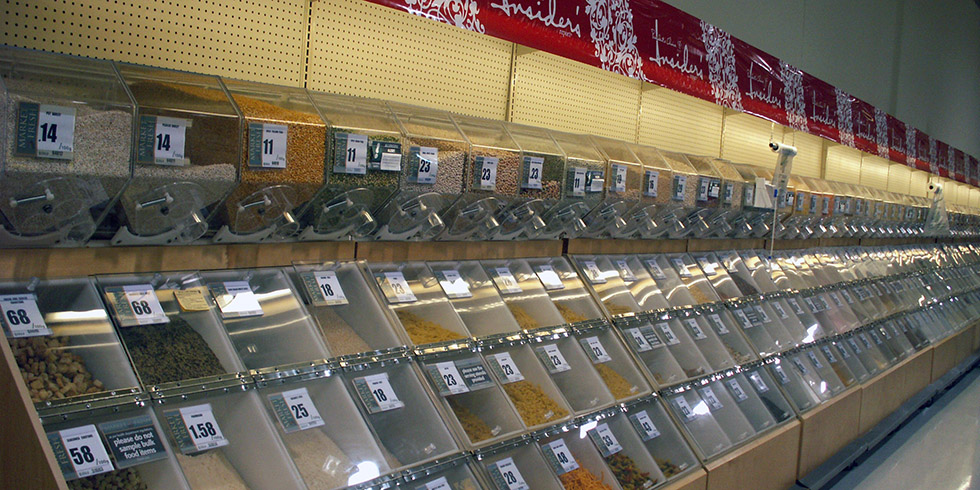By Janne Huang

March is National Nutrition Month and National Frozen Food Month. To commemorate this month, we’ve come up with some tips to help you keep more of your money.
First, you want to know how much you spend. Tracking your spending provides a starting place to find ways to save. All you need is a piece of paper. You can also use a spreadsheet or an app like Mint that syncs with bank accounts. Establishing a budget will also help you become more aware of how you spend your money.
1. Plan in Advance
Planning in advance means you’re never stuck without options. Even the cheapest fast food can be more expensive than cooking at home. If you go food shopping knowing what you need, you’re less likely to make impulse purchases. Careful planning can also save money on wasted food at the end of the week.
At the beginning of each week, decide what you want to eat for the next several days. Peruse your fridge and pantry to see what you already have. If you get flyers from local stores, plan your meals based on what’s on sale that week. For inspiration, you can search food blogs and websites, filtering by ingredient if need be. Apps like Pepperplate can help you organize recipes and create grocery lists.

2. Take Advantage of Your Freezer
Learn about what kinds of food freeze well and can be made ahead. One great way to use your freezer is to make ready-to-eat and portioned meals. Food like burritos, quiche, rice, beans, and some pastas dishes freeze well for easy re-heatable meals.
In addition to portioned meals, some ingredients freeze well to make food preparation easier. Leftover tomato paste, milk, eggs, and butter can be tossed in the freezer if you can’t finish them in time. Pasta sauce can be doubled and frozen for future meals. Knowing how to freeze food means you can stock up when ingredients go on sale to use later.
- How to Freeze Leftovers
- Top 10 Recipes for Freezer Leftovers (See a previous list)

3. Consider Skipping Meat (Once In A While)
According to a recent study, a plant-based diet can save you nearly $750 a year. Making a habit of rotating in a few plant-based meals every week can make a dent in the food budget. Some nutritious and affordable staple foods are beans, rice, lentils, eggs, and potatoes. When fresh produce is expensive, especially in the winter, frozen vegetables can be used. Nutritionally, frozen vegetables are similar to fresh ones. Use affordable ingredients in tandem with more pricey ones to keep your meals tasty.

4. Buy in Bulk
Local health stores may seem more expensive than grocery store chains, but many have a bulk food aisle that sells staple foods for less. These bulk sections are convenient because you can buy the exact amount of what you need. If you have a larger family, or more people to cook for, stores like Costco and Sam’s Club can also be cost-effective. If the cost of membership and purchases is too high, consider pooling together resources with family, neighbors or friends. Costco members may bring up to two guests to the store per visit. Non-members can also shop on Costco.com, however there is a 5 percent surcharge.

5. Use Up Your Leftovers (Creatively)
Meals like soup, quiche, and pasta are a great way to use up leftovers in your fridge. For more inspiration, Allrecipes.com has an entire section of their site dedicated to using up what’s in your fridge.
- Don’t Throw That Away! An A-Z of Leftovers, Tired Veg, Etc. and What to Do with Them
- 65 Amazing Meals You Can Make From Leftovers Today
6. Follow Food Bloggers for Inspiration
Some days, you may not feel very motivated in the kitchen — that’s OK! When you need some inspiration, you can look to food bloggers for ideas. We highly recommend Budget Bytes. The author started the blog when she was living on less than $5 a day for food. Although her life has changed significantly, her blog is still dedicated to helping others cook nutritious, affordable meals.







